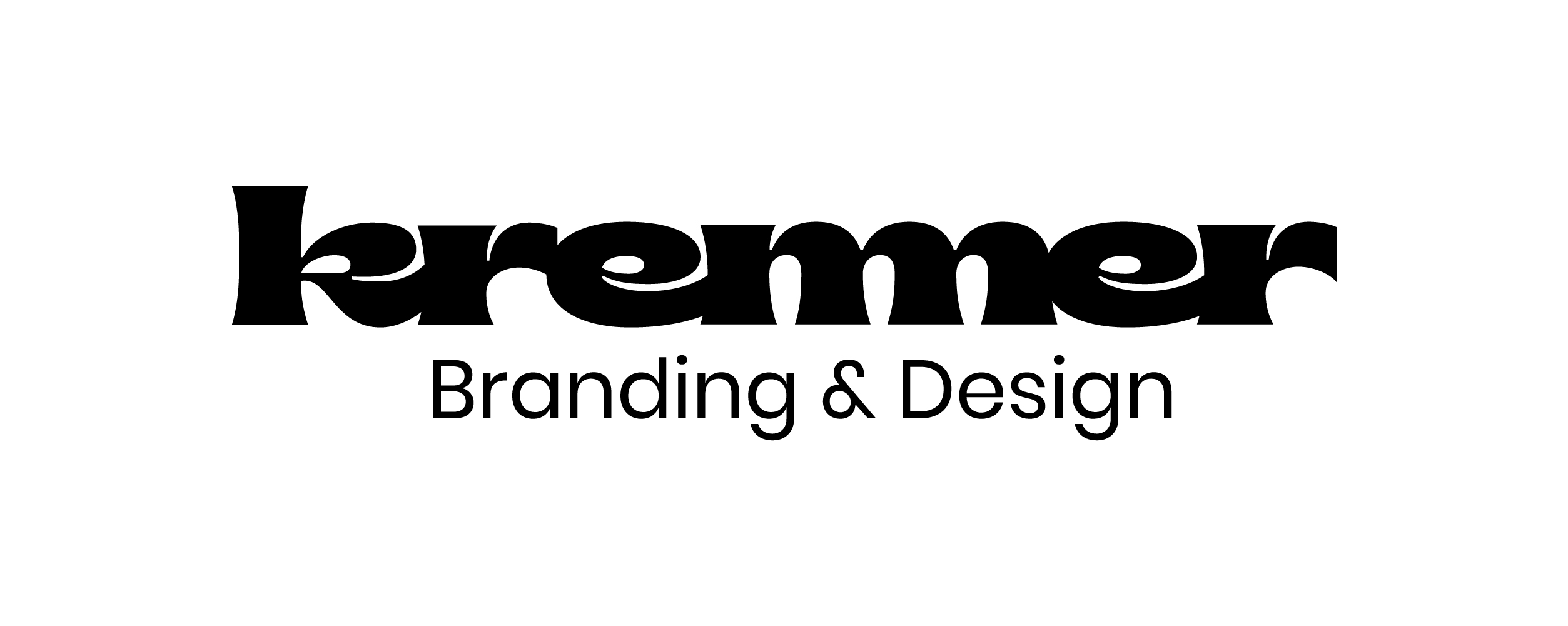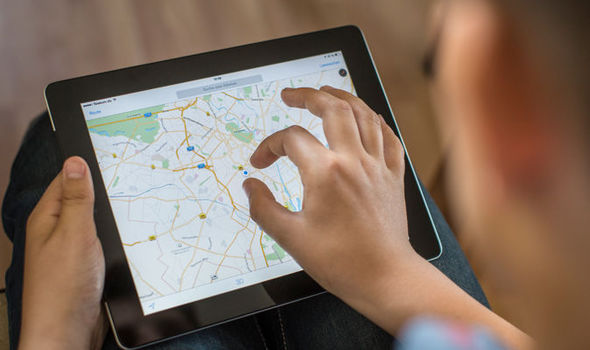600,000,000,000 reasons to choose Google Maps
According to experts, in 2023, approximately 9 billion searches were conducted daily within the Google system. This amounts to over 3 trillion searches annually, a number that contains twelve zeros following 3. Since the advent of mobile devices, one-third of these searches have been location-oriented, meaning they involve the use of Google Maps.
However, most companies still neglect this free opportunity, which results in significant harm to their brand instead of increasing revenue.
It’s already working without us
It often comes as a surprise when businesses discover themselves on Google Maps, even without personally adding their data. Many believe it's the miraculous work of Google's automated robots. However, the truth is quite different - it's the dedicated and passionate volunteers who make it happen. Today, there are over 120 million of these volunteers, known as Google Local Guides, who dedicate their time and expertise to help.
They are the ones who improve the map without any financial compensation, verifying data, adding missing places, uploading photos, and videos. When a business discovers its own listing, it's thanks to one of these guides (who could be any one of us) who added it, considering their own perspective rather than the company's. We can be on the map whether we want to or not, so it's worth taking matters into our own hands rather than relying on others.
Maps have become an increasingly vital tool for Google
In recent years, it has visibly repositioned itself and transformed its role and functionalities. Firstly, since the rise of mobile devices, the number of location-based searches has skyrocketed. Now, we have approximately 8.5 billion such searches daily. What's even more crucial is that studies suggest 76% of location-based searches result in a visit. It's only logical – when we search for something, it's because we need it. To facilitate this, Google has changed the way search results are displayed. For searches related to specific locations, it provides ordering options as well. Sometimes, even when we didn't explicitly search for it. For instance, if we search for tea, Google bombards us with nearby tea rooms and specialty shops. Recognizing the significance of maps, Google has made it even more prominent and started favoring businesses in this regard.
As a result, a new landscape is emerging, transforming the map into a dynamic B2B/B2C social space. The map has evolved into a user-friendly, feature-rich, and free tool for businesses. It has become a powerful resource, yet surprisingly underutilized by many.
Are we choosing loss or increased revenue?
Today, experts increasingly consider Google Maps as the best marketing tool to boost local sales. For businesses with local points of sale, it becomes the pivotal platform that holds immense importance.
However, due to the negligence of companies, it often turns into a tool that harms the brand rather than benefiting it.
With minimal effort, it could contribute not only to the brand's value but also to increasing sales. There are numerous examples of nationally or even internationally recognized companies that invest heavily in brand building but neglect their presence on the map. Perhaps they think it doesn't bring enough visitors or customers. However, those who think this way are mistaken. Personally, we believe that even a single dissatisfied customer deserves attention, but here we're talking about much more than just a few customers. The My Business service, integrated with Google Maps (available for free registration), provides detailed insights into all activities.
Illustrating with a specific example, an average café in Budapest receives around 10-11 thousand views on the map per month. Out of these, approximately 2,500 people find it by searching for a café in the area. The café's photos are viewed around 4,000-5,000 times, its website around 100 times, and users even plan routes to the café more than a hundred times on the map.
These numbers can significantly impact your revenue and even damage your brand if you neglect them and if the photos and information on the map are not appealing to customers. Business listing is constantly updated and changed due to the contributions of local guides and your guests, whether you actively participate or not. If you disregard it, inaccurate data and inappropriate photos may appear instead of your own photos and brand elements, diluting your message.
Not only do positive reviews matter, but negative ones can also have a significant impact. Google actively encourages customers to share their opinions through reviews, while businesses are given the opportunity to respond in a constructive manner (one response per review, avoiding unnecessary arguments). If no one responds to these reviews, they can linger for months without any hope of someone trying to mitigate their impact. Negative reviews, bad photos, and incorrect information can harm your brand and, consequently, your revenue. On the other hand, Google not only provides an opportunity to rectify these mistakes and shortcomings but also rewards those who actively manage their business listings. Those who take care of their online presence can expect increased traffic from searches.
After creating the My Business page, you will have access to the following benefits:
- If you don't have a website, you can create one for free using the page provided by Google. This can be advantageous, especially for micro-enterprises.
- You can verify and update the information published about your business and upload photos.
- You can actively engage with customer reviews by responding to them.
- You will have free access to statistics and insights about how customers are finding and engaging with your business.
- You can publish posts, offers, and promotions on your map page for free, and now you can even showcase your products.
By utilizing these features, you can enhance your online presence, attract more customers, and effectively manage your business's representation on Google Maps.
Google rewards businesses that actively manage their listings.
The exact workings of Google's search algorithm are not fully known to anyone. However, it is a fact that Google tends to prioritize and reward active businesses by ranking them higher in search results.
Google expects you to complete the following tasks at a minimum:
- Verify the accuracy of your address and map marker.
- Fill out your business listing in a Google-compatible manner.
- Clearly describe your business and its activities.
- List your services accurately and in detail. Respond to reviews, both past and future.
- Upload photos, videos, and products. 360-degree panoramic photos can also provide an advantage.
- Encourage customers to leave reviews, as it benefits your business.
- Regularly post updates and announcements.
The most important task for your brand is usually to make your page recognizable and of high quality. Google removes low-quality customer photos that are not relevant to the location, upon your request, as well as inappropriate reviews. However, the decision ultimately lies with Google and not your own opinion. What you can do is ensure that your photos, videos, and branding elements are of appropriate quality.
Furthermore, it is crucial to respond to negative reviews. Any negative feedback can be softened and even turned into a positive with a good response. Here is an example:
"Thank you for taking the time to share your feedback. We apologize that our service did not meet your expectations, and we are looking into the issue you raised. We strive to continuously improve our services to meet the expectations of our customers, and your feedback is valuable to us."
Let's not be afraid of negative opinions; let's see them as an opportunity to improve our services and as a way to assess the performance of our employees through the eyes of our guests.
What can we expect?
By effectively managing our map listing, we can expect to see a reduction in the damage caused to our brand and the establishment of a positive brand image in the short term. The increase in traffic is a slower process but can be noticeable. As we mentioned before, the criteria used by Google are not perfectly known, but a well-established and high-activity location can expect more visibility in search results compared to a smaller, newer location, even if it is better managed.
The growth in the initial months can reach up to 10 percent compared to the same period in the previous year, and this increase in traffic also signals to Google that it can further enhance our presence in search results. It's a game where the winners are rewarded more than the losers. Therefore, the more successful we are, the more important we become to Google
There is also the option of advertising on the map, but we do not recommend using it until you have tried out all the free options and seen their impact. Let's focus on perfecting our organic presence and maintaining it properly, and the results will follow.
Don't think of this as a time-consuming task. The initial setup and maintenance can be completed by a professional within 10 working hours, and ongoing maintenance should not require more than 3-4 hours per month, including posting updates.
The time invested will be well worth the profits we can expect to gain from it.
Selected Works

Cheerful BuddhaProduct Photography
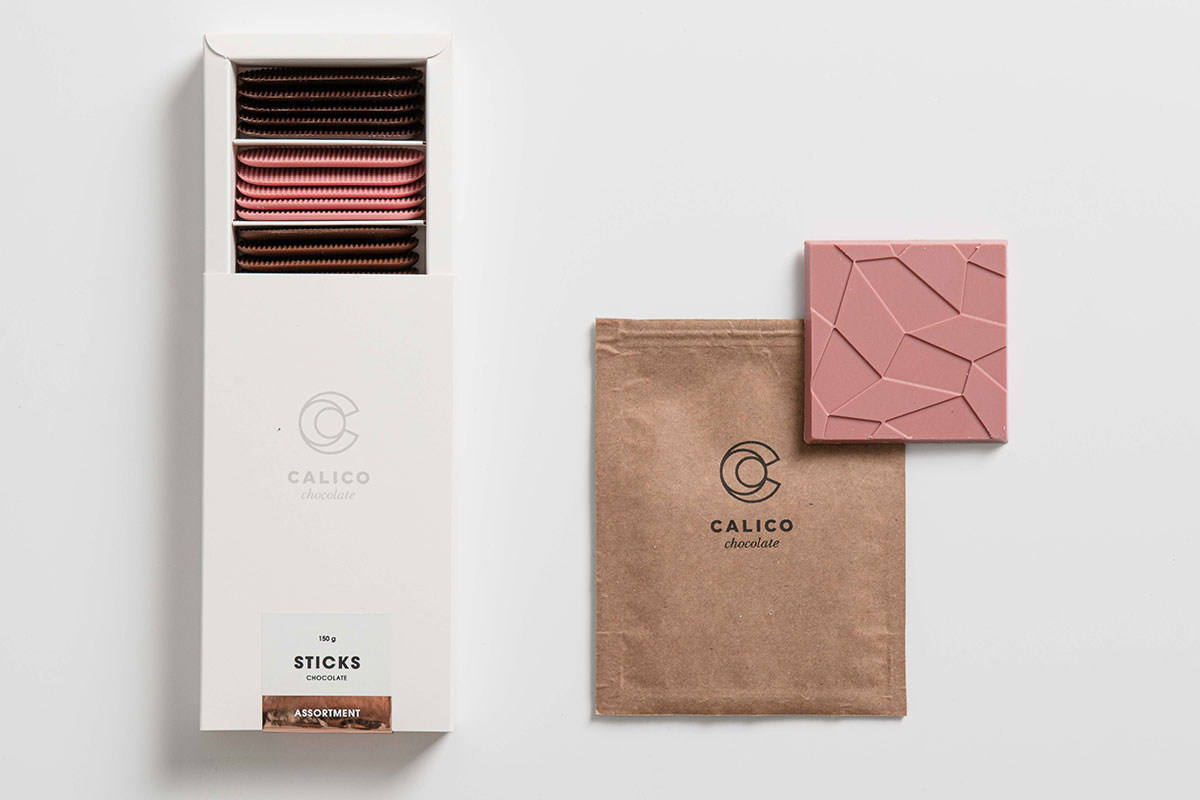
CalicoProduct Photography
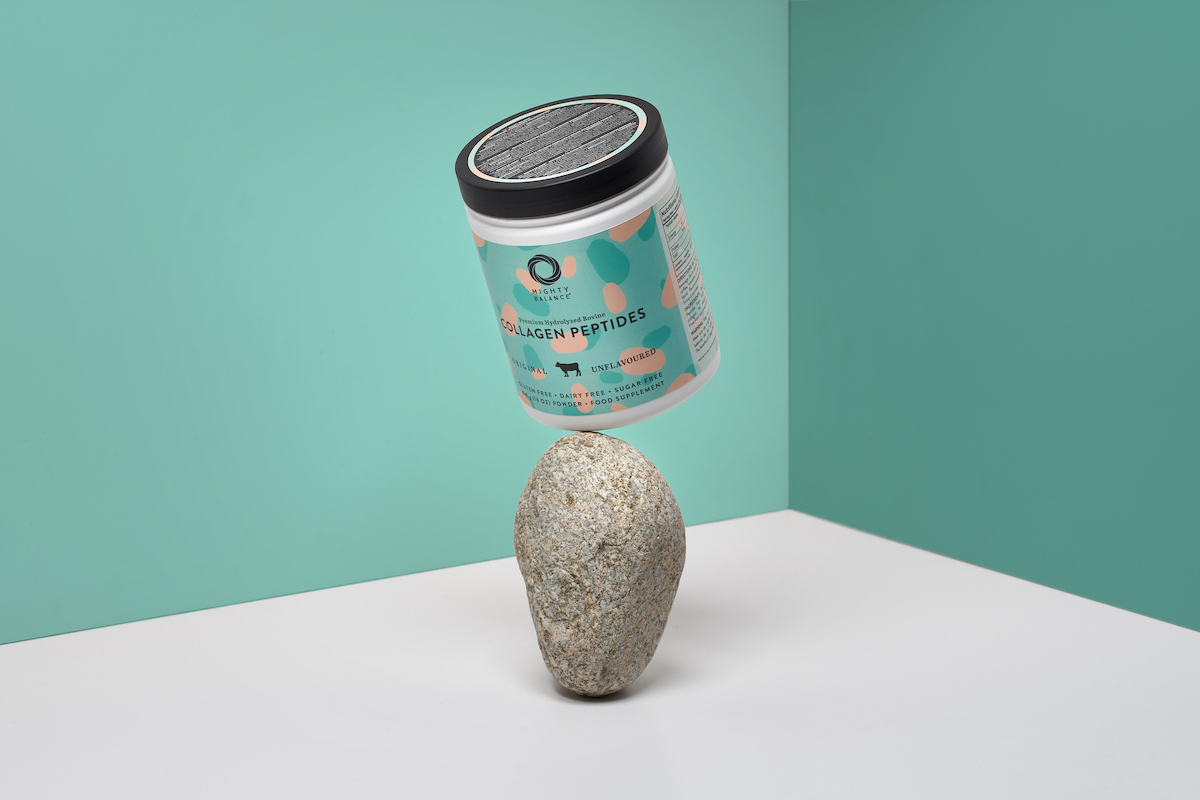
Mighty BalanceProduct Photography
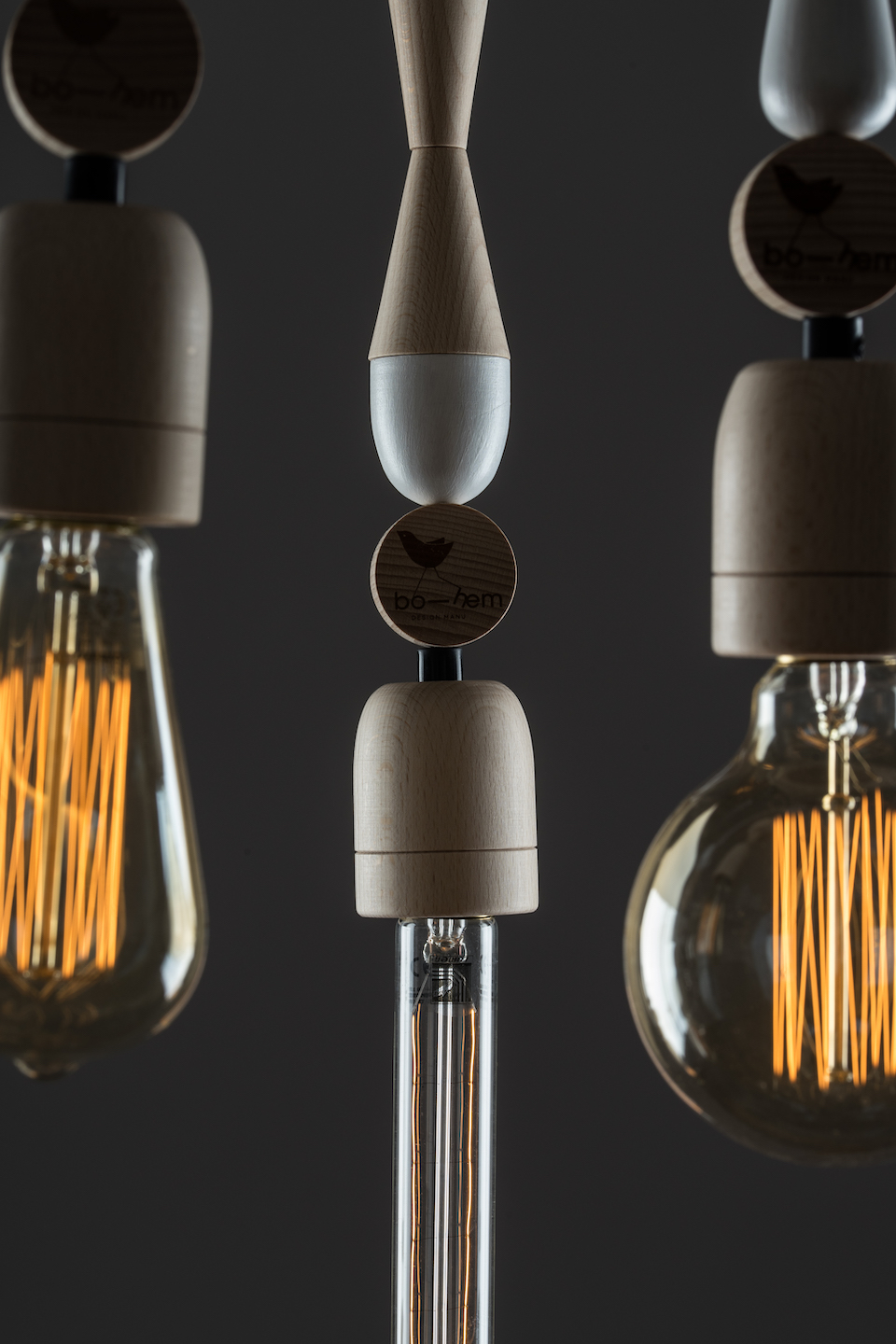
Bo-hemProduct Photography

NetprinterProduct Photography

Little Green FactoryProduct Photography

NovafamPackaging Design
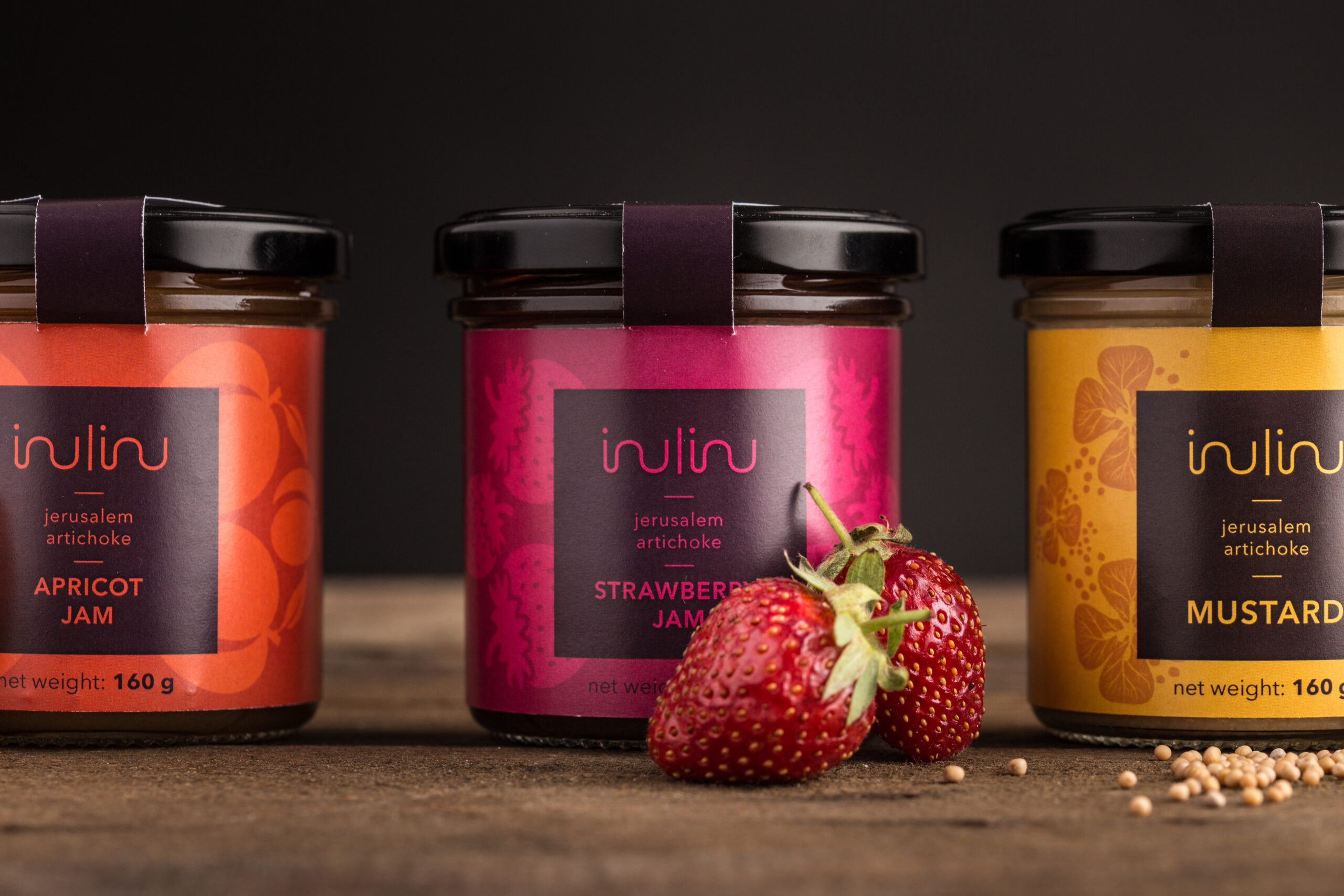
InulinuPackaging Design
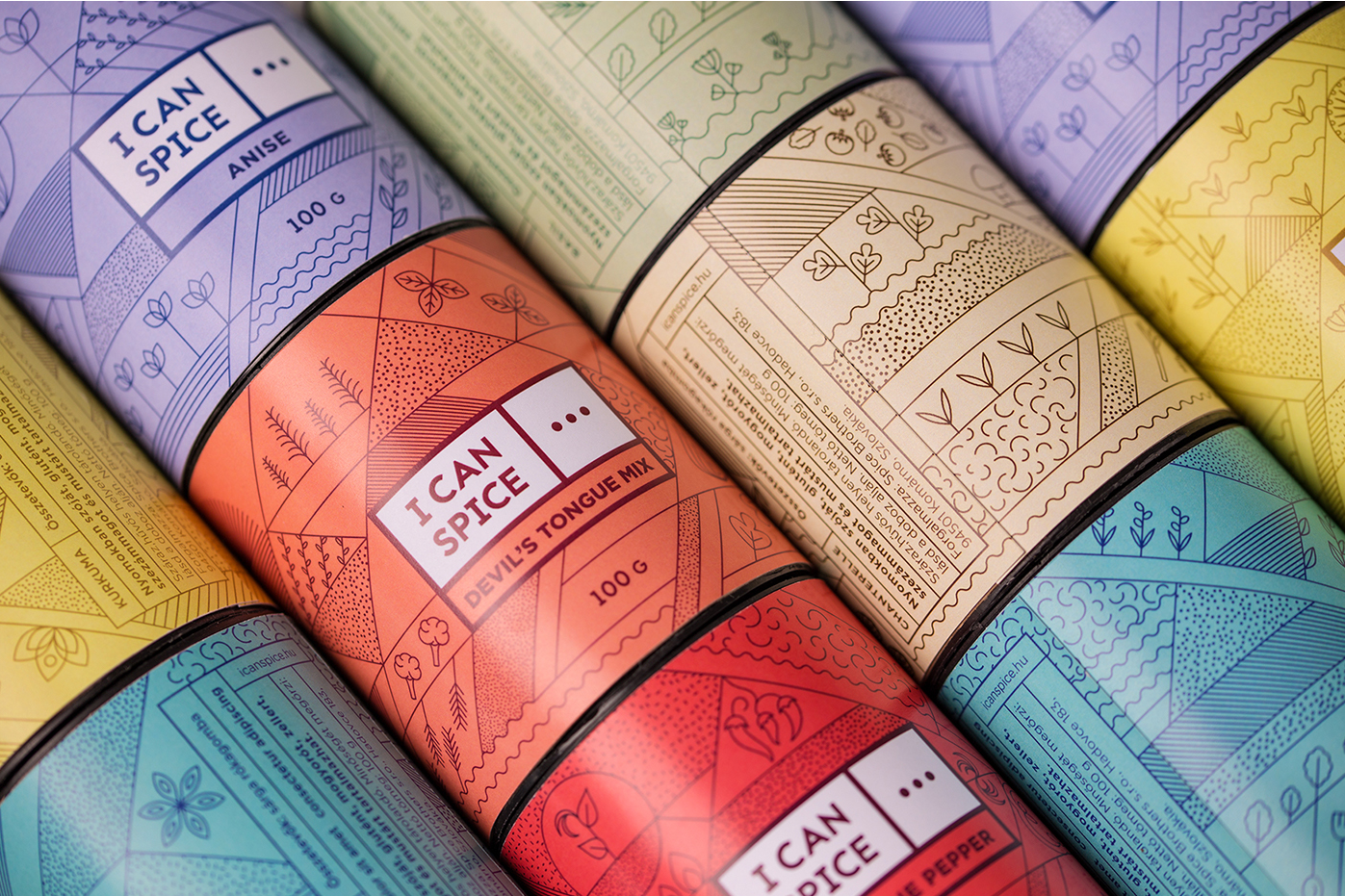
I CAN SPICEPackaging Design

CalicoPackaging Design

Why is the Mona Lisa beautiful?Branding
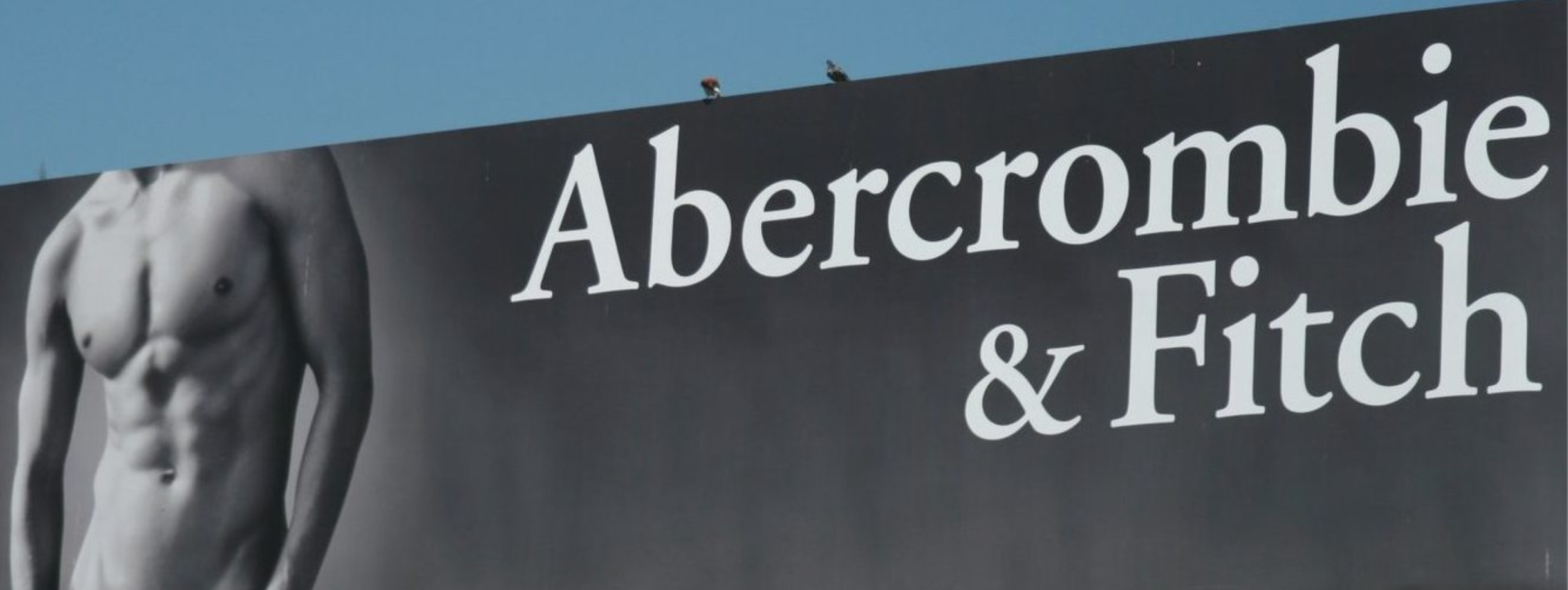
How can a rebranding be successful?Project type
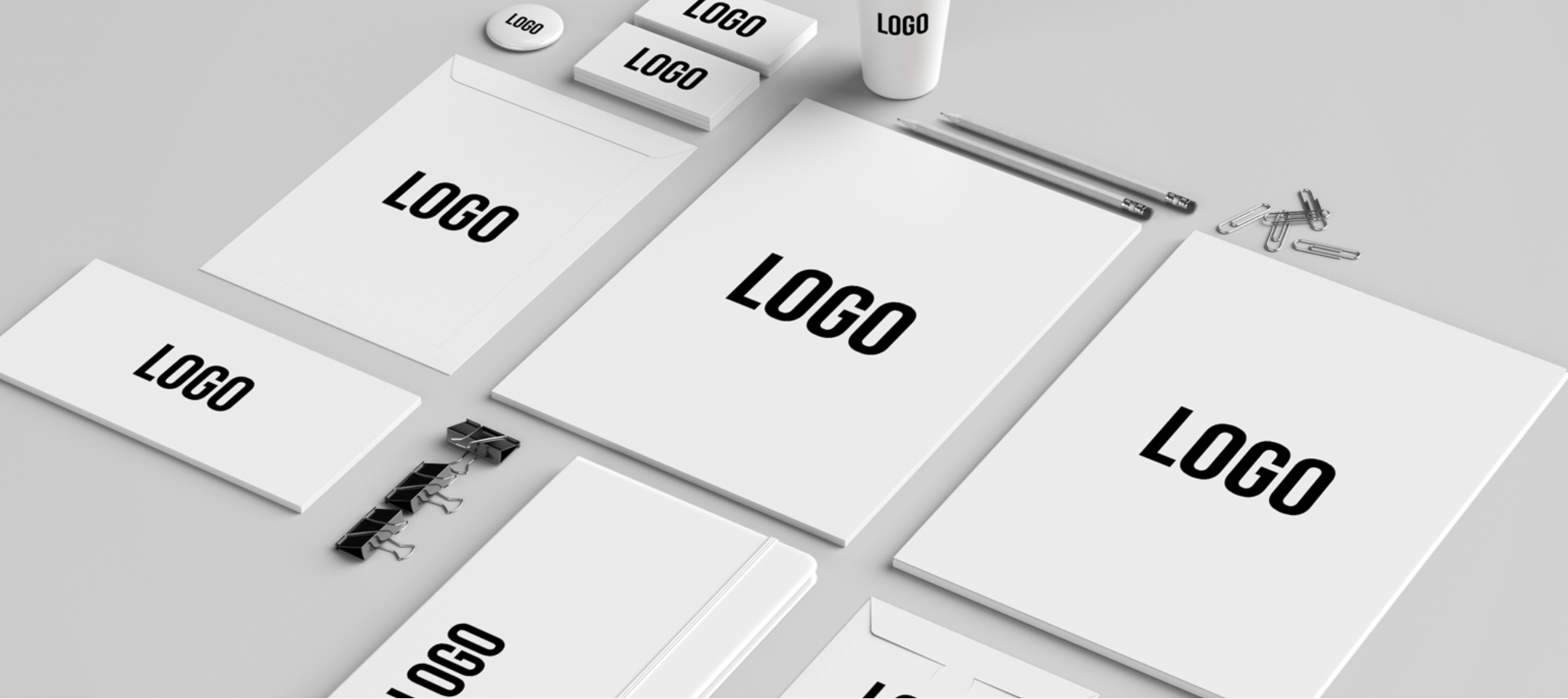
The logo is NOT a brand identityBranding
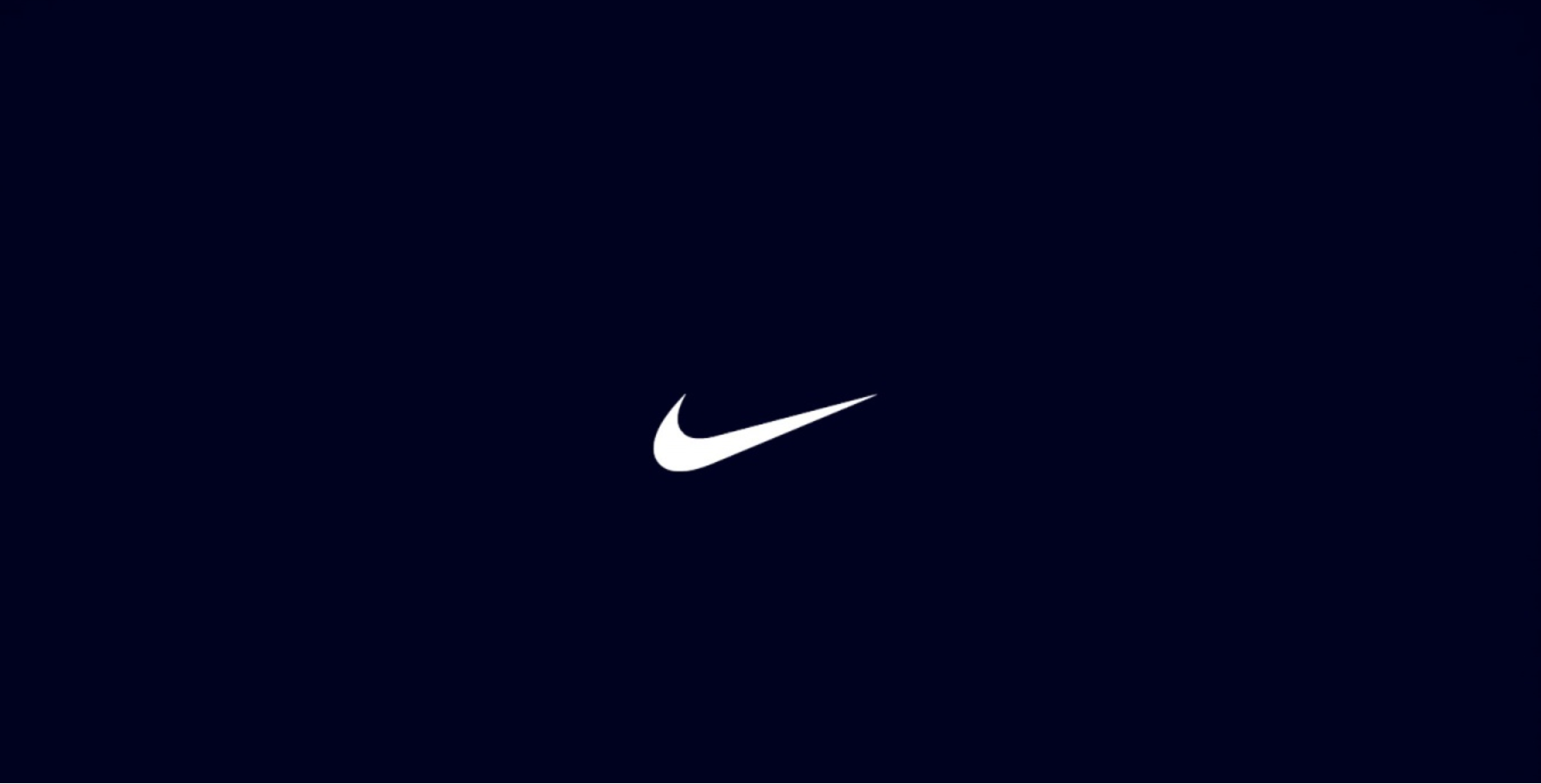
How To Choose A Logo?Branding
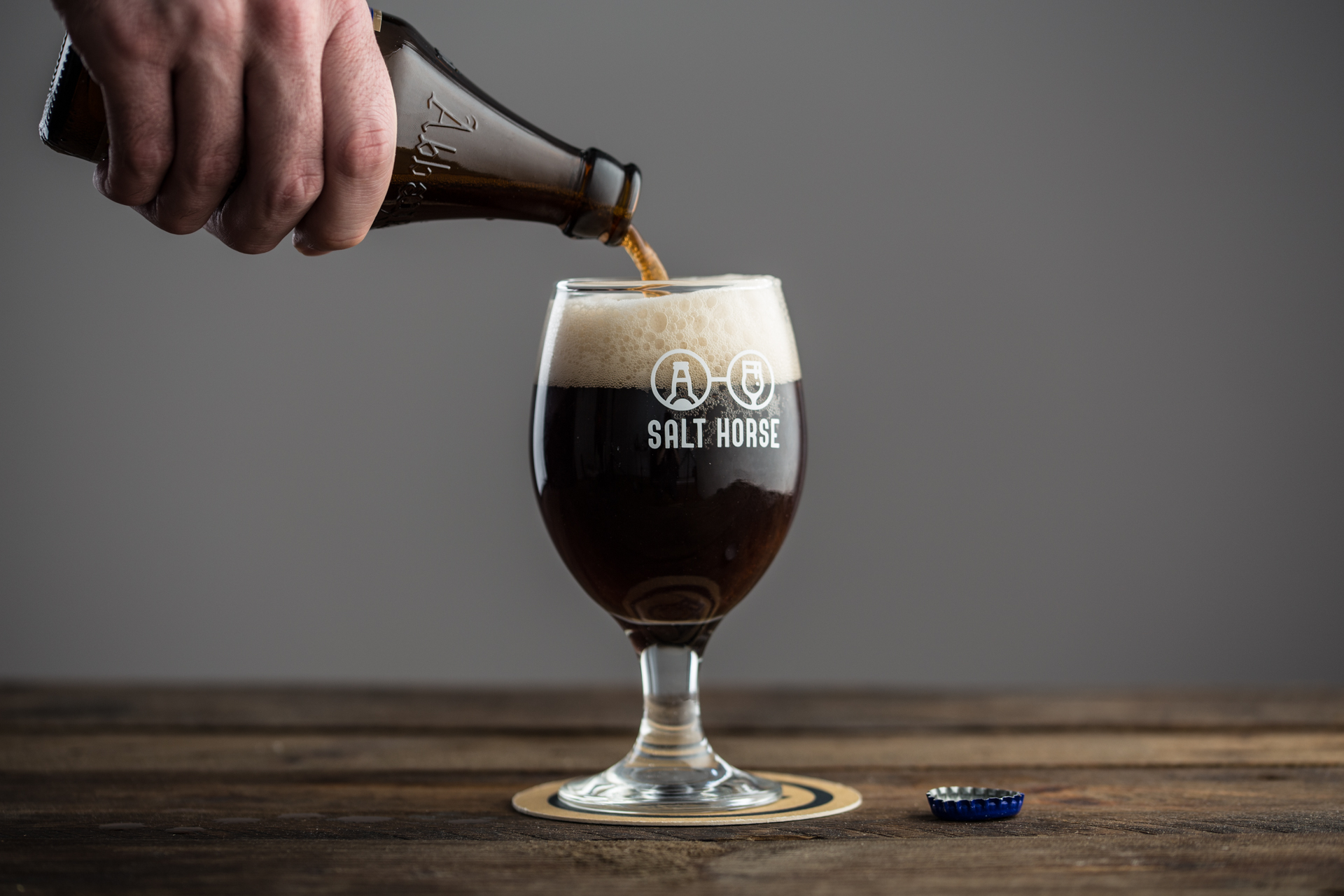
Salt HorsePackaging Design
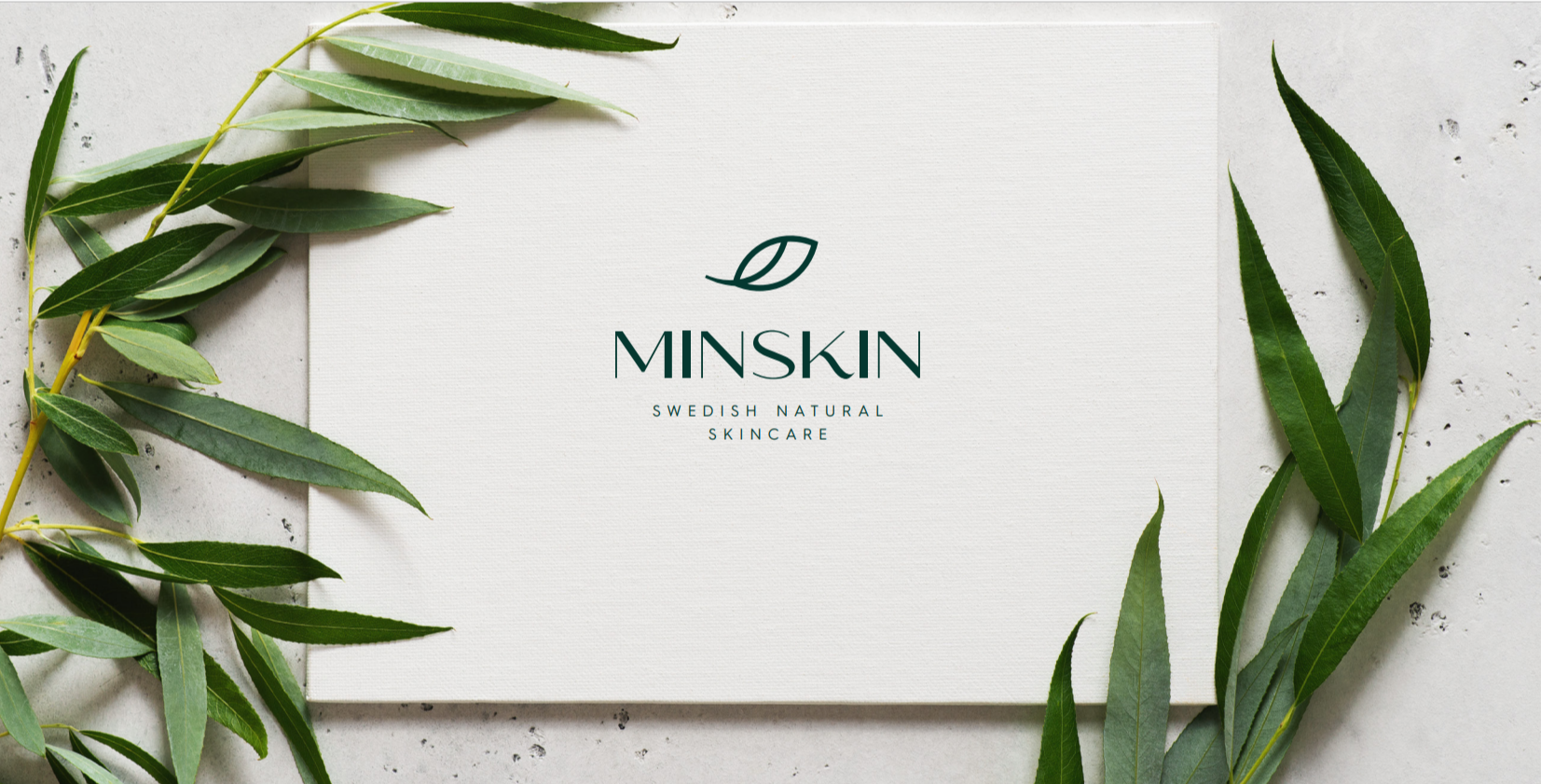
MinSkinPackaging Design
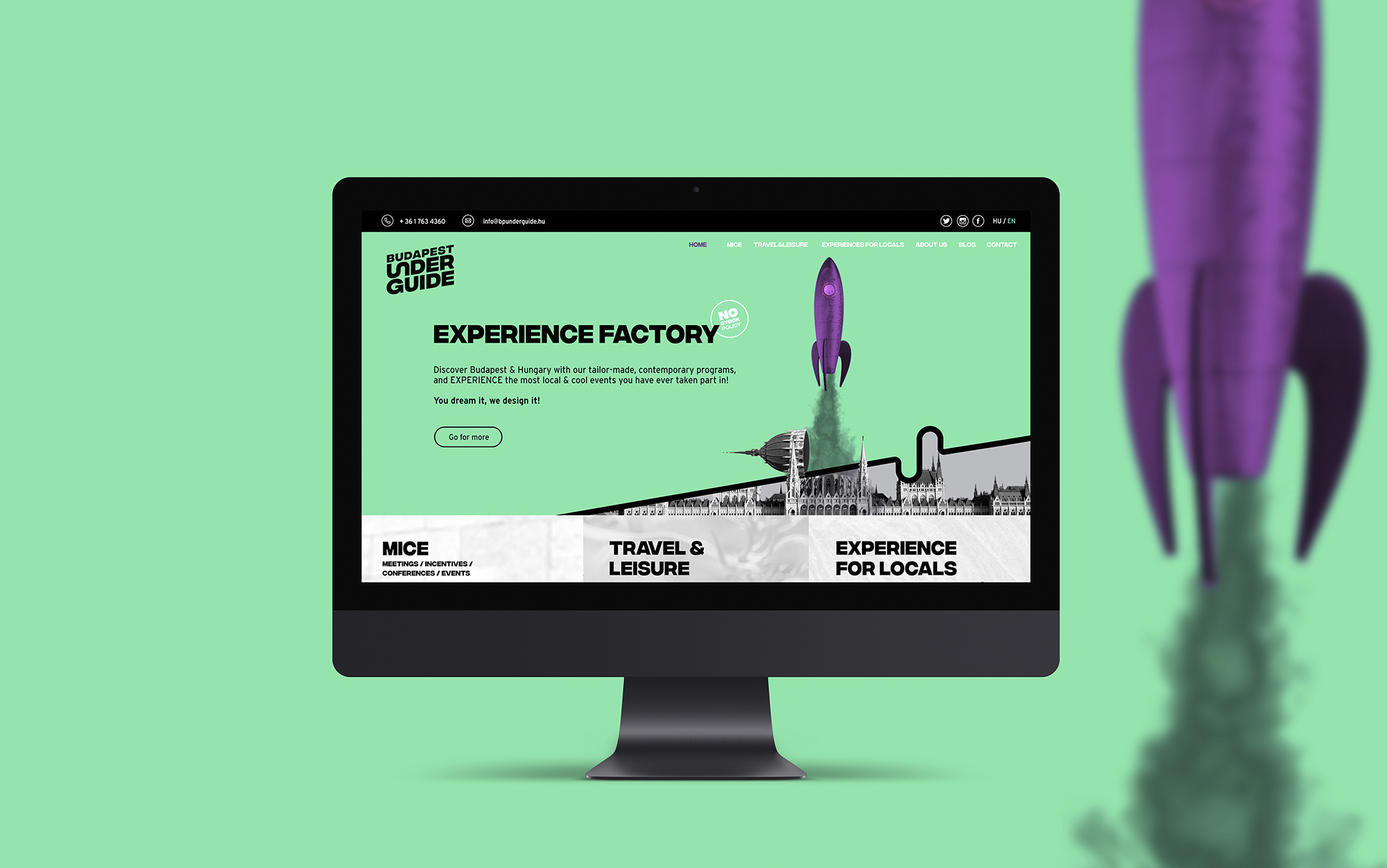
UnderguideWebdesign
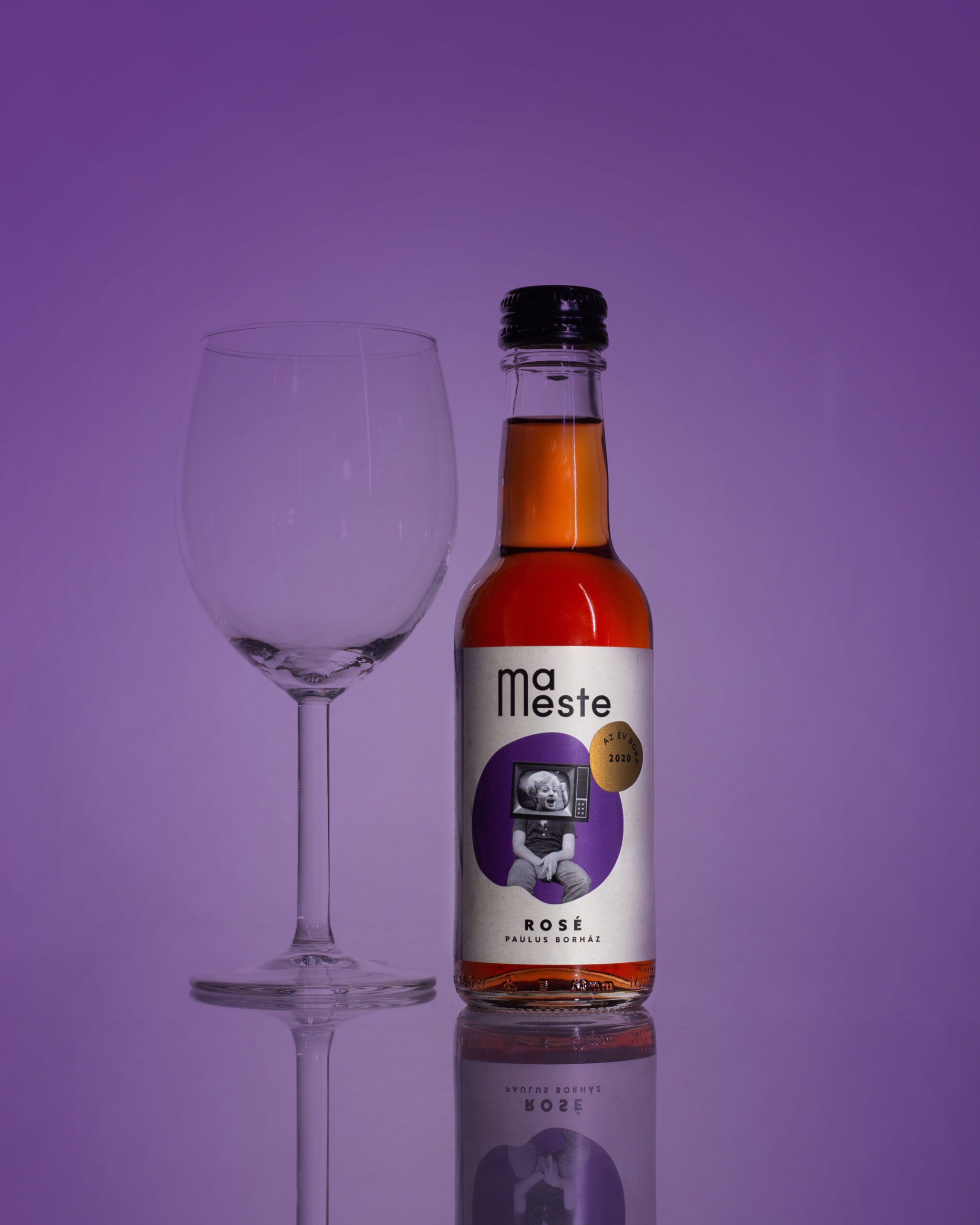
MaestePackaging Design

JanaanPackaging Design
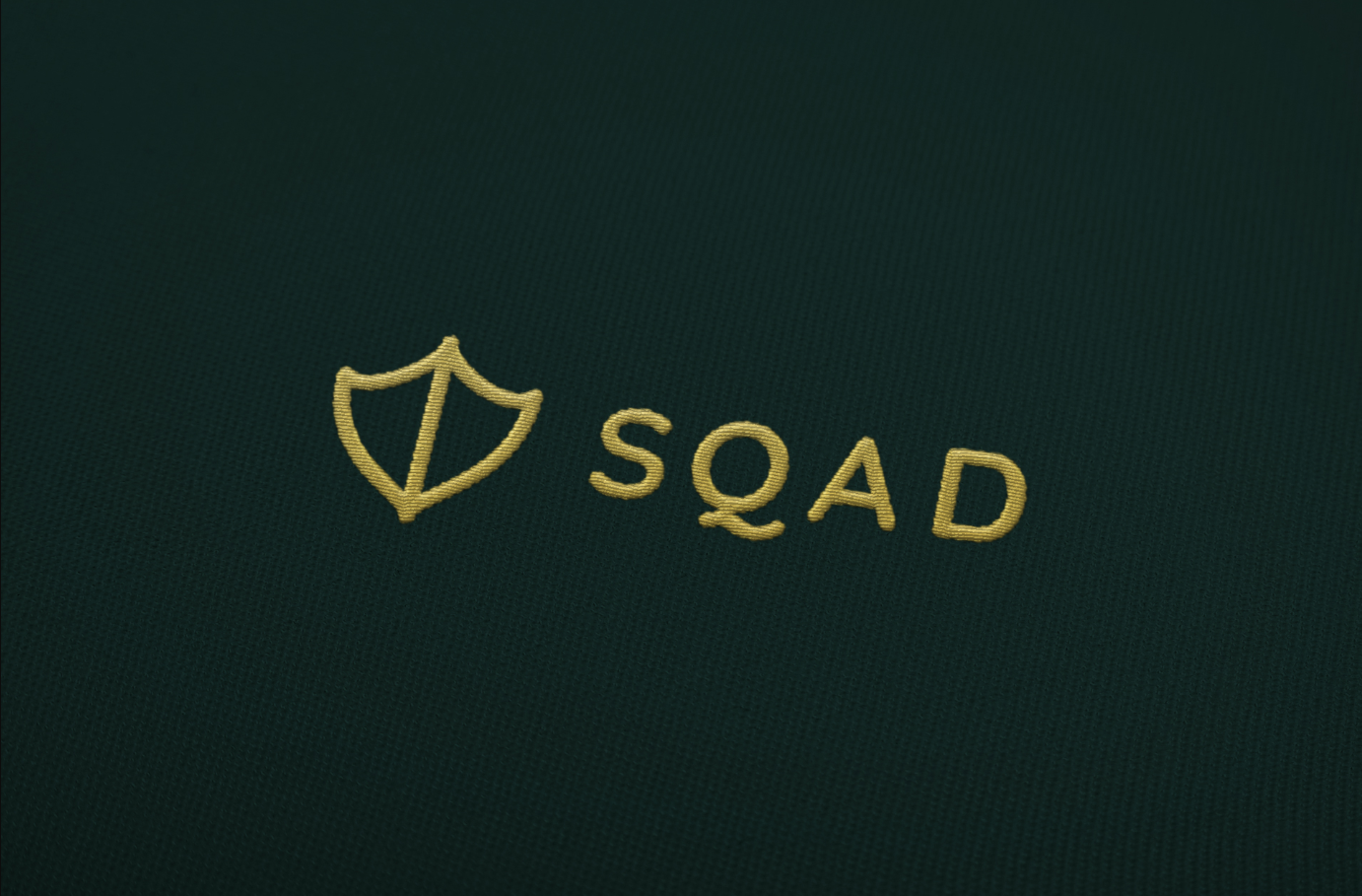
SQADFashion Design

Galamb TailoringProject type

CogoFashion Design
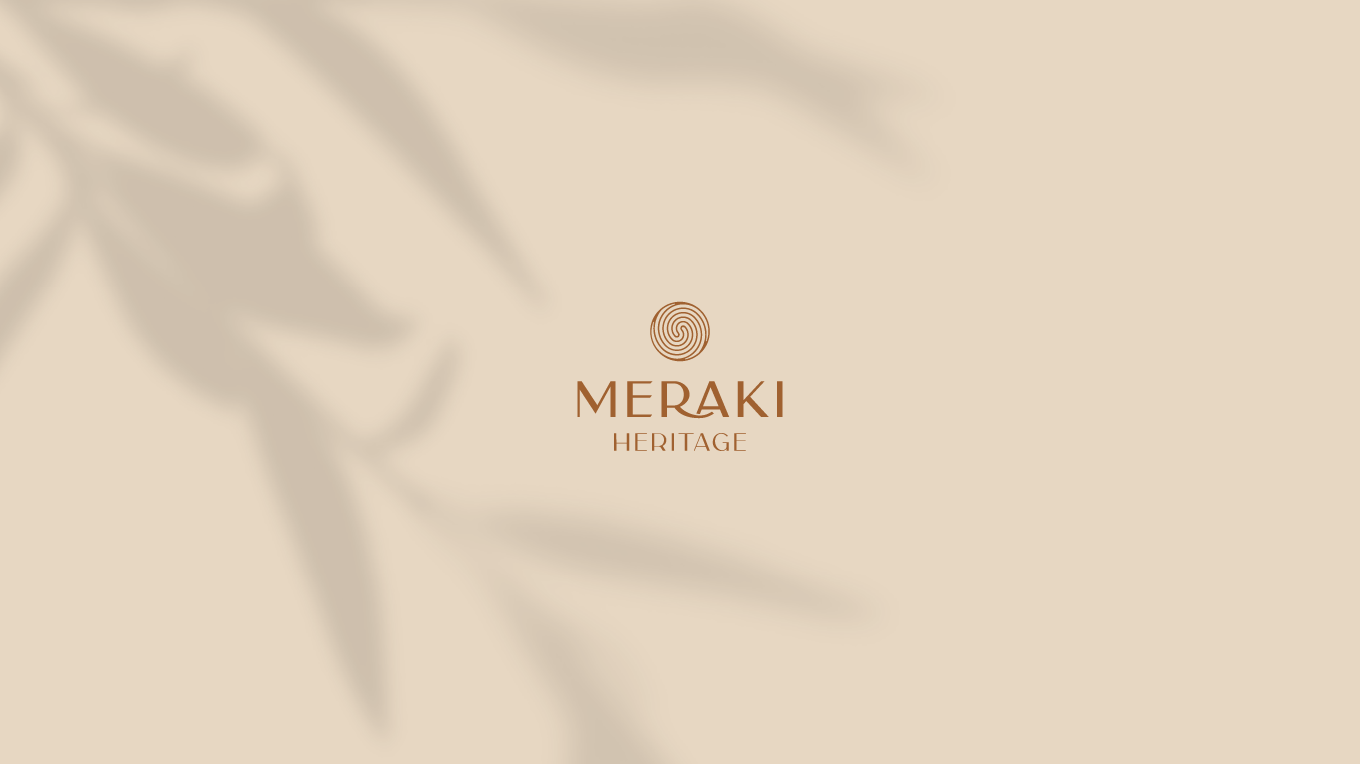
MerakiFashion Design
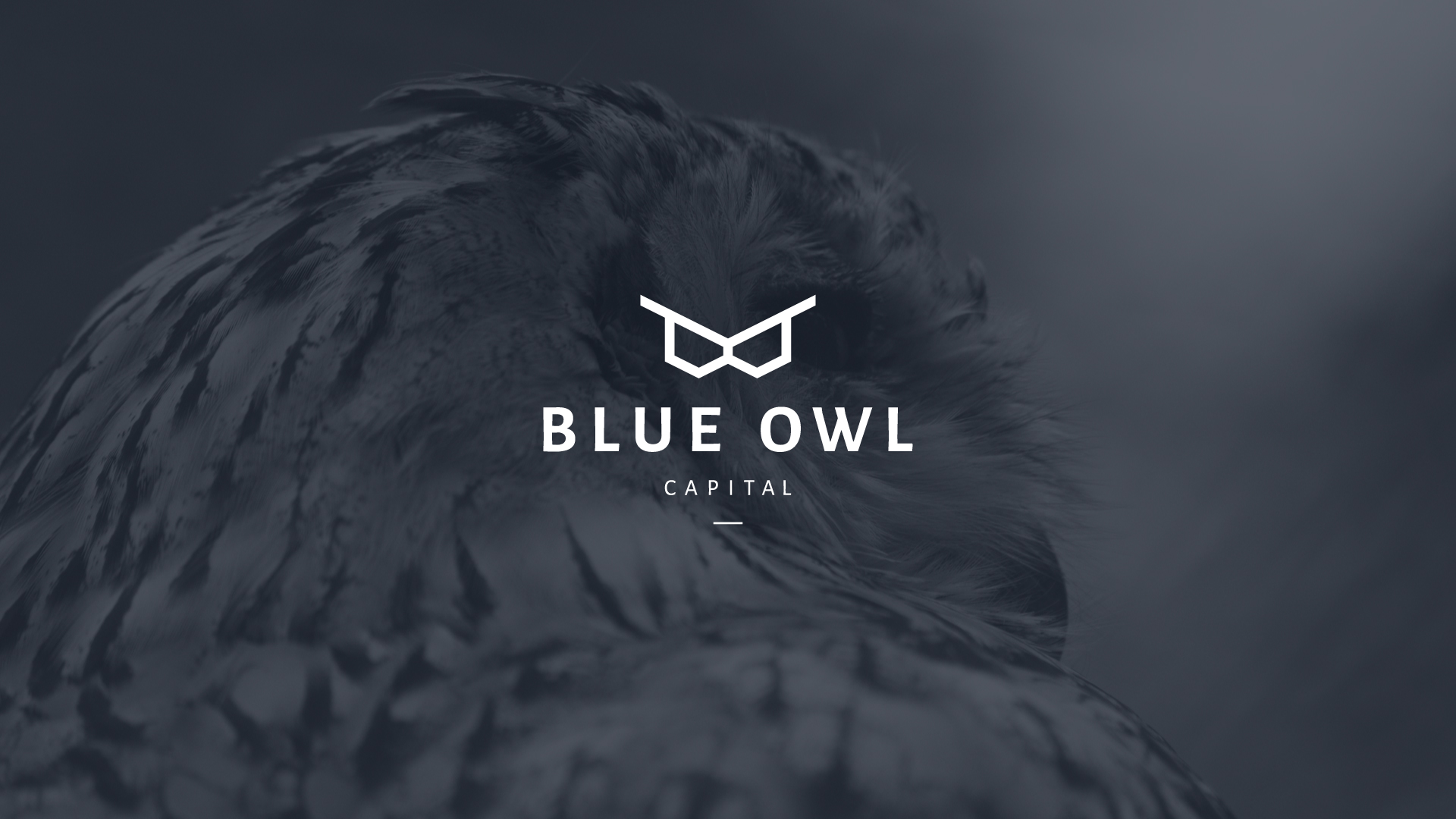
Blue OwlCorporate Design
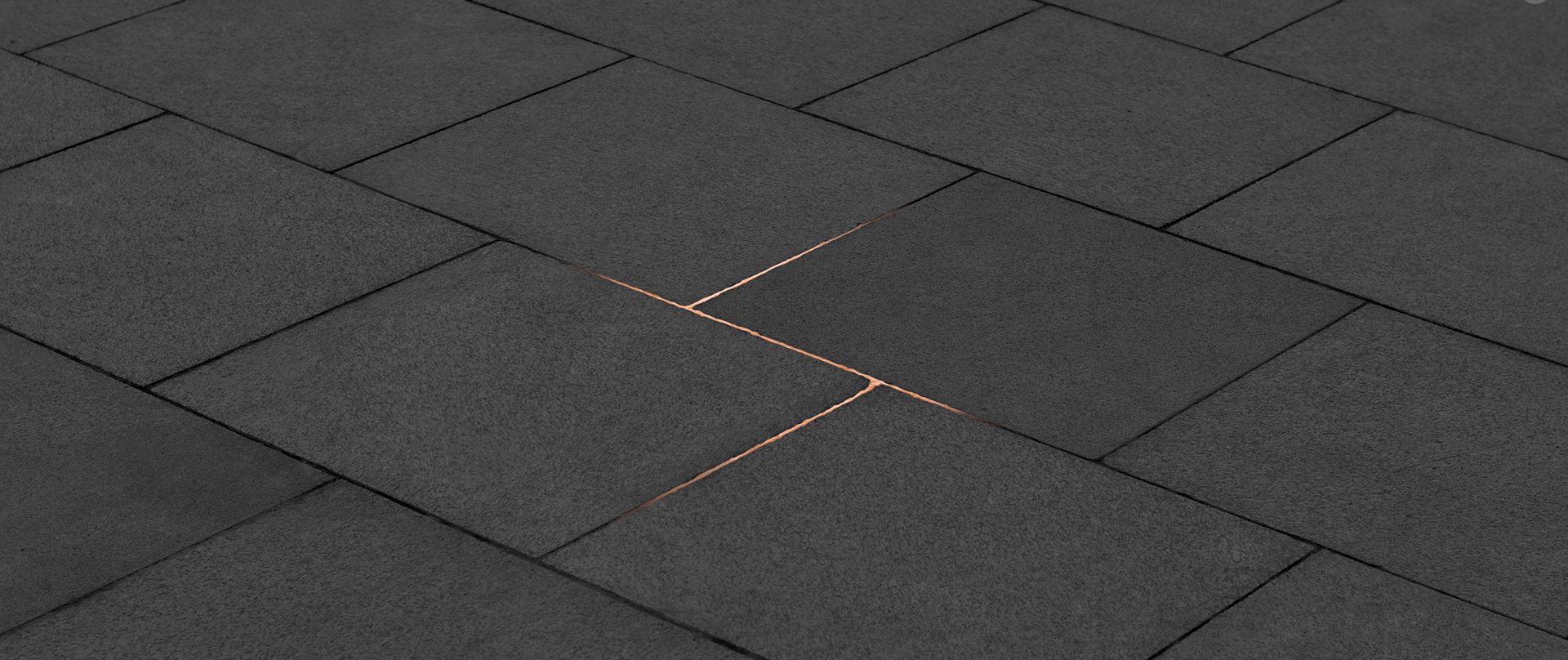
Stone ConceptCorporate Design

SentioCorporate Design
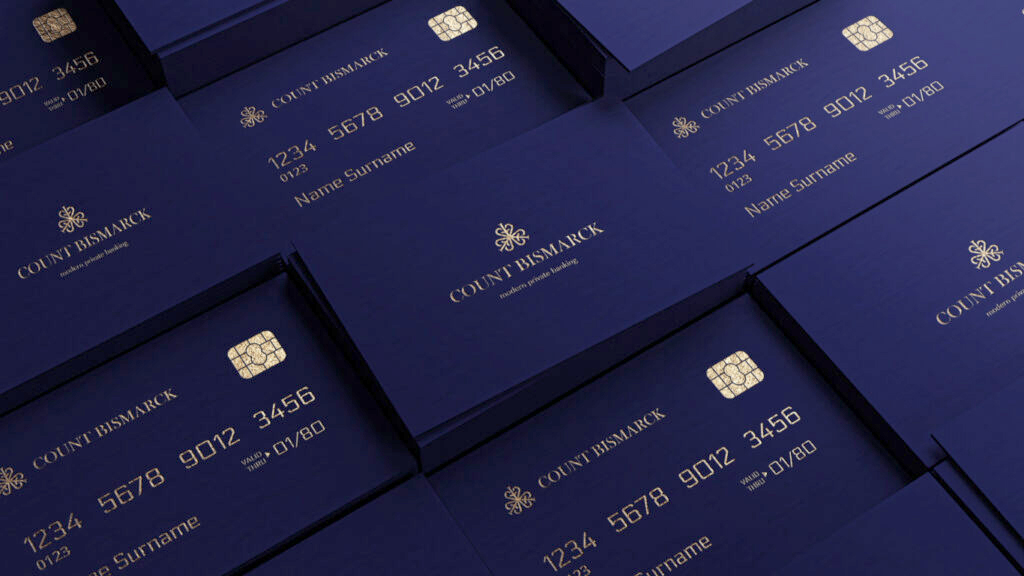
Count BismarkCorporate Design

BrunoHospitality Design

Vin.VinHospitality Design
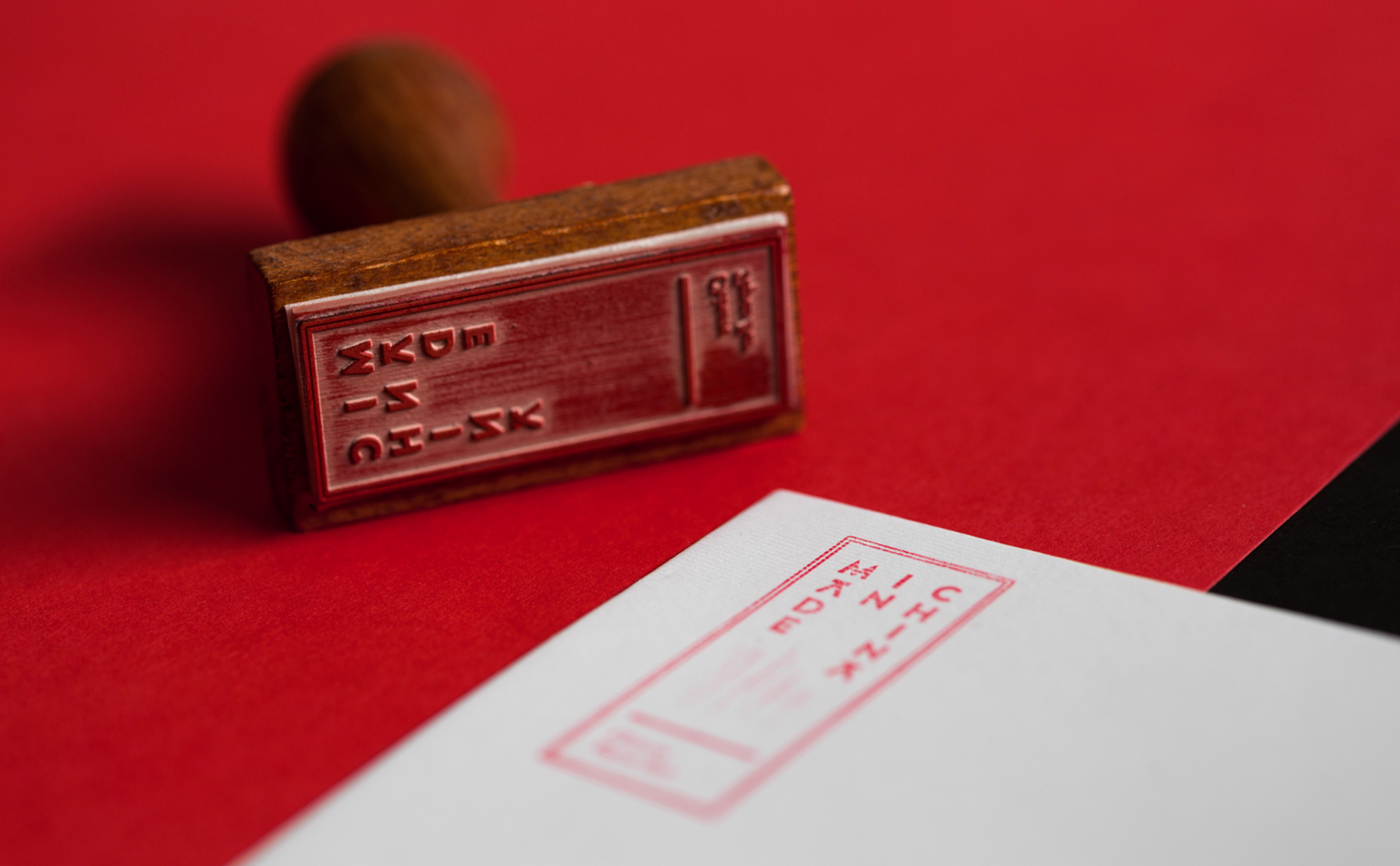
Made In ChinaHospitality Design

BirdiesHospitality Design

NaomiHospitality Design

Equity PointHospitality Design
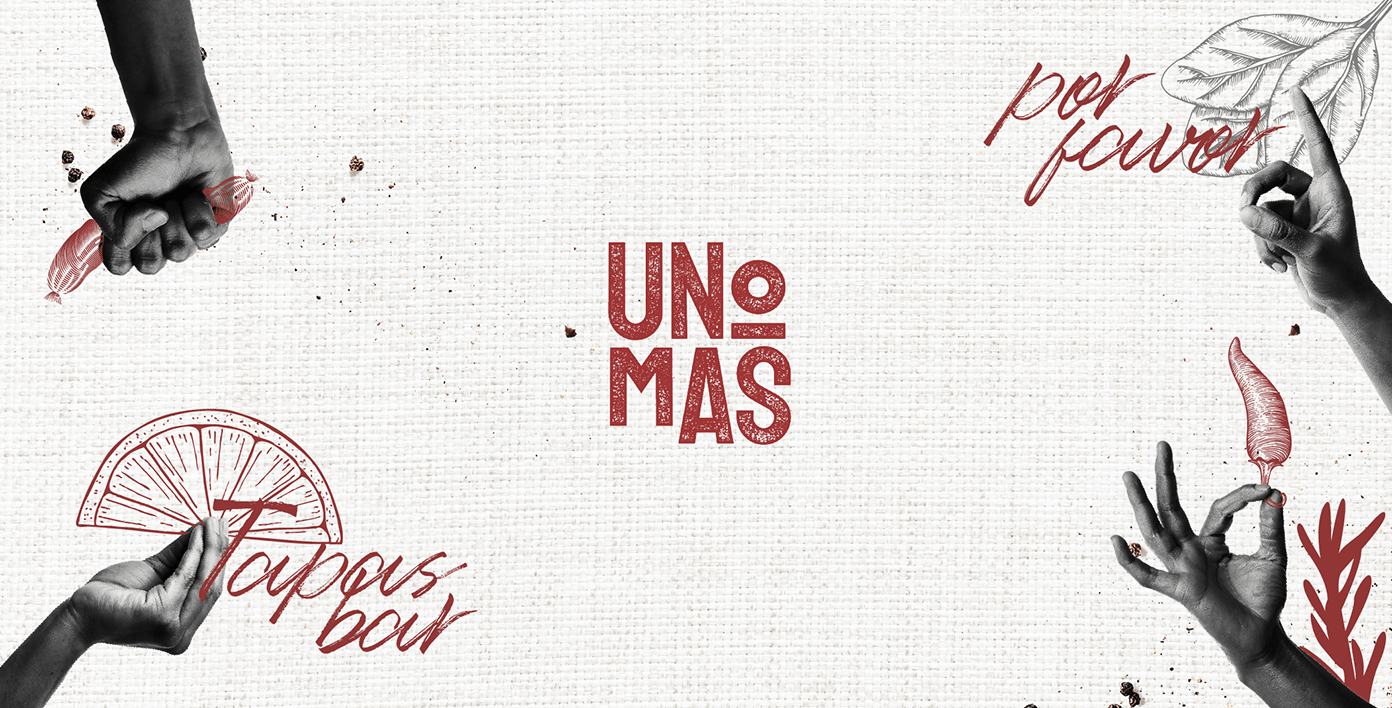
Uno MasHospitality Design
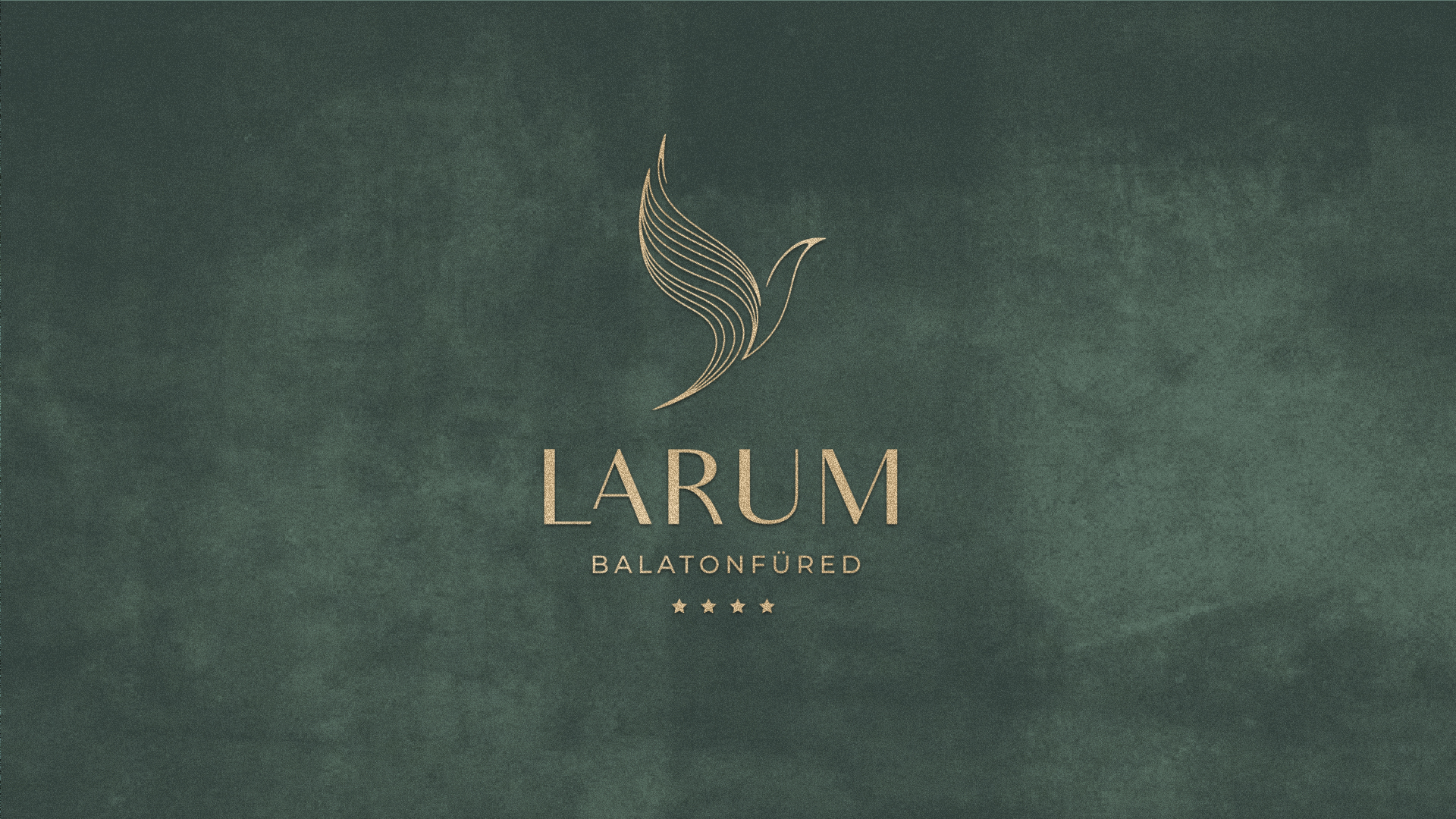
My first projectProject type
